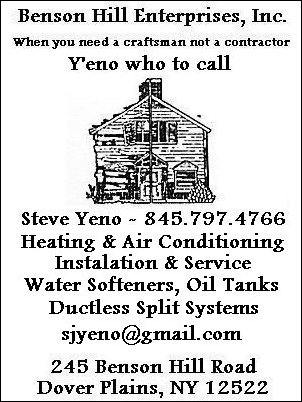
Retire Your Digging Tools? Yes, It’s Possible
Planting vegetable seedlings without laborious digging is possible, with the no-till system
By Thomas Christopher
A far better way to treat a garden – and far less laborious – is the no-till system perfected by gardener extraordinaire Lee Reich. Lee, who maintains a lush “farmden” in New Paltz, NY, never digs his soil, not even when he is creating a new bed. Instead, he spreads fertilizer, and flattens or mows any existing vegetation. Next, he covers the prospective planting area with a layer of newspaper four or more sheets thick, which he moistens as he goes along, to keep the paper in place. Once the paper is spread, he buries it with a layer of weed seed-free, organic mulch such as compost, leaves, or straw, 1 to 3 inches deep. As soon as this cover is in place, he can start poking holes through it to insert transplants.
Layout is important. Beds should be narrow enough (3-foot wide, bordered by 18-inch paths) so that you can reach right into their centers while standing or squatting outside of them – you should never step on and compress the soil you have devoted to planting. Maintenance consists of a few minutes each week, extracting any weeds that may colonize the mulched surfaces, watering (preferably by drip irrigation) when the weather is persistently dry, and topping the beds with an inch of clean compost in fall or early spring.
For a fuller explanation of Lee’s methods, you should consult his book, Weedless Gardening (Workman Publishing, 2001). It’s an easy read, simple and remarkably clear, with helpful illustrations. He’s also included pertinent information in a more recent book, The Ever Curious Gardener (New Society Publishers, 2018).
Lee did note in a conversation with this writer that there are some exceptional circumstances when digging may be necessary. For example, if your soil remains persistently wet because it is a very heavy clay, then it may benefit from having a hearty dose of some organic material such as sawdust incorporated into it before you begin your digging-free regime. In a low-lying, flood-prone spot you might want to begin by creating raised beds. A soil cursed with a subsurface layer of “hardpan,” an almost impenetrable layer of hardened soil, might also need a preliminary digging to break up that barrier. But these are the rare exceptions; for the most part you can retire your digging tools once you adopt this method of gardening.
Thomas Christopher is the co-author of “Garden Revolution” (Timber Press, 2016) and is a volunteer at Berkshire Botanical Garden. berkshirebotanical.org
Be-a-Better-Gardener is a community service of Berkshire Botanical Garden, one of the nation’s oldest botanical gardens in Stockbridge, MA. Its mission to provide knowledge of gardening and the environment through 25 display gardens and a diverse range of classes informs and inspires thousands of students and visitors on horticultural topics every year. Thomas Christopher is the co-author of Garden Revolution (Timber press, 2016) and is a volunteer at Berkshire Botanical Garden. berkshirebotanical.org.



